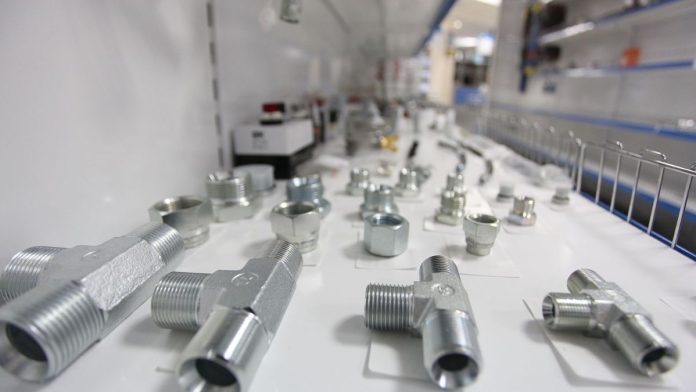The automotive industry, a critical component of the global economy, thrives on innovation and diversity, offering consumers a wide array of choices not only in vehicles but also in the parts that keep them running. At the heart of this ecosystem lies a crucial decision for vehicle owners and service providers alike: the choice between manufacturer (OEM) parts and aftermarket parts. This distinction, while seemingly straightforward, involves a complex interplay of factors including quality, cost, availability, and warranty implications. In exploring these differences, it’s worth noting the rise of trusted online platforms such as OnlyDrive, which have emerged as key players in providing quality automotive parts solutions to consumers.
Manufacturer Parts: The Gold Standard?
Manufacturer parts, also known as Original Equipment Manufacturer (OEM) parts, are components made by the vehicle’s maker. These parts are identical to those that come with the vehicle when it’s first purchased, ensuring a guaranteed fit and performance. The primary advantage of OEM parts is their reliability; they are designed specifically for the model of the vehicle, providing peace of mind through the assurance of quality and compatibility. Furthermore, using OEM parts generally keeps the vehicle’s warranty intact, a significant consideration for newer cars.
However, this quality and assurance come at a price, often literally, as OEM parts tend to be more expensive than their aftermarket counterparts. The higher cost is a reflection of the parts’ brand premium and the monopoly on distribution typically held by manufacturers and authorized dealers. Additionally, availability can be an issue, particularly for older models or less popular vehicles, as OEM parts are not always readily in stock, potentially leading to longer wait times for repairs.
Aftermarket Parts: A World of Choice
Aftermarket parts, produced by companies other than the vehicle manufacturer, offer a competitive alternative. These parts are designed to function the same, or in some cases even better, than the original parts. The most apparent advantage of aftermarket parts is cost; they are often significantly less expensive than OEM parts, making them an attractive option for out-of-warranty repairs or for those looking to save on maintenance costs.
The variety available in the aftermarket sector is another benefit. With a multitude of manufacturers competing in the space, consumers can find parts that meet or exceed OEM specifications, often with improvements in performance or durability. This competition also drives innovation, leading to the development of parts that address common failures or shortcomings of OEM parts.
However, the variability in quality is a notable drawback. While many aftermarket parts are of high quality, the market also includes parts that fail to meet OEM standards. Selecting the right part requires research and, sometimes, expertise. Warranty coverage for aftermarket parts can also vary, with some manufacturers offering limited or no warranty, unlike the comprehensive coverage typically offered with OEM parts.
Navigating the Parts Landscape with OnlyDrive
In the digital age, platforms like OnlyDrive have revolutionized the way consumers shop for automotive parts. Offering an expansive selection of both OEM and high-quality aftermarket parts, OnlyDrive simplifies the process of finding the right part at the right price. With user-friendly search tools and detailed product information, customers can make informed decisions tailored to their needs and budget.
Moreover, OnlyDrive underscores the importance of quality and reliability, curating its inventory to include only reputable brands known for their excellence in manufacturing. This selective approach provides a layer of assurance to consumers, mitigating concerns over the variability in aftermarket part quality.
Conclusion
The decision between original and aftermarket parts involves a careful consideration of factors such as cost, quality, availability, and warranty. While OEM parts offer the assurance of manufacturer quality and compatibility, aftermarket parts provide cost savings and a broader selection, with varying degrees of quality. Platforms like OnlyDrive play a pivotal role in this ecosystem, offering consumers a trusted source for both OEM and aftermarket parts, ensuring that regardless of choice, quality and reliability remain at the forefront.
As the automotive industry continues to evolve, the parts market will undoubtedly expand, offering even more choices to consumers. In this ever-changing landscape, the value of a reliable partner like “OnlyDrive – Genuine Parts” becomes increasingly apparent, guiding consumers through their automotive maintenance and repair journeys with expertise and confidence.









